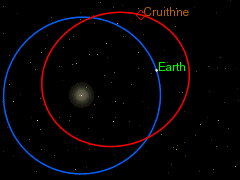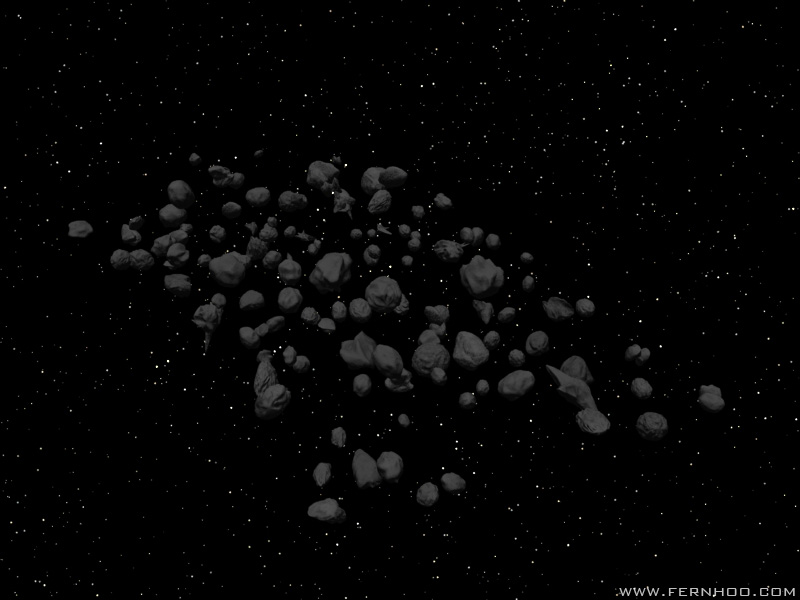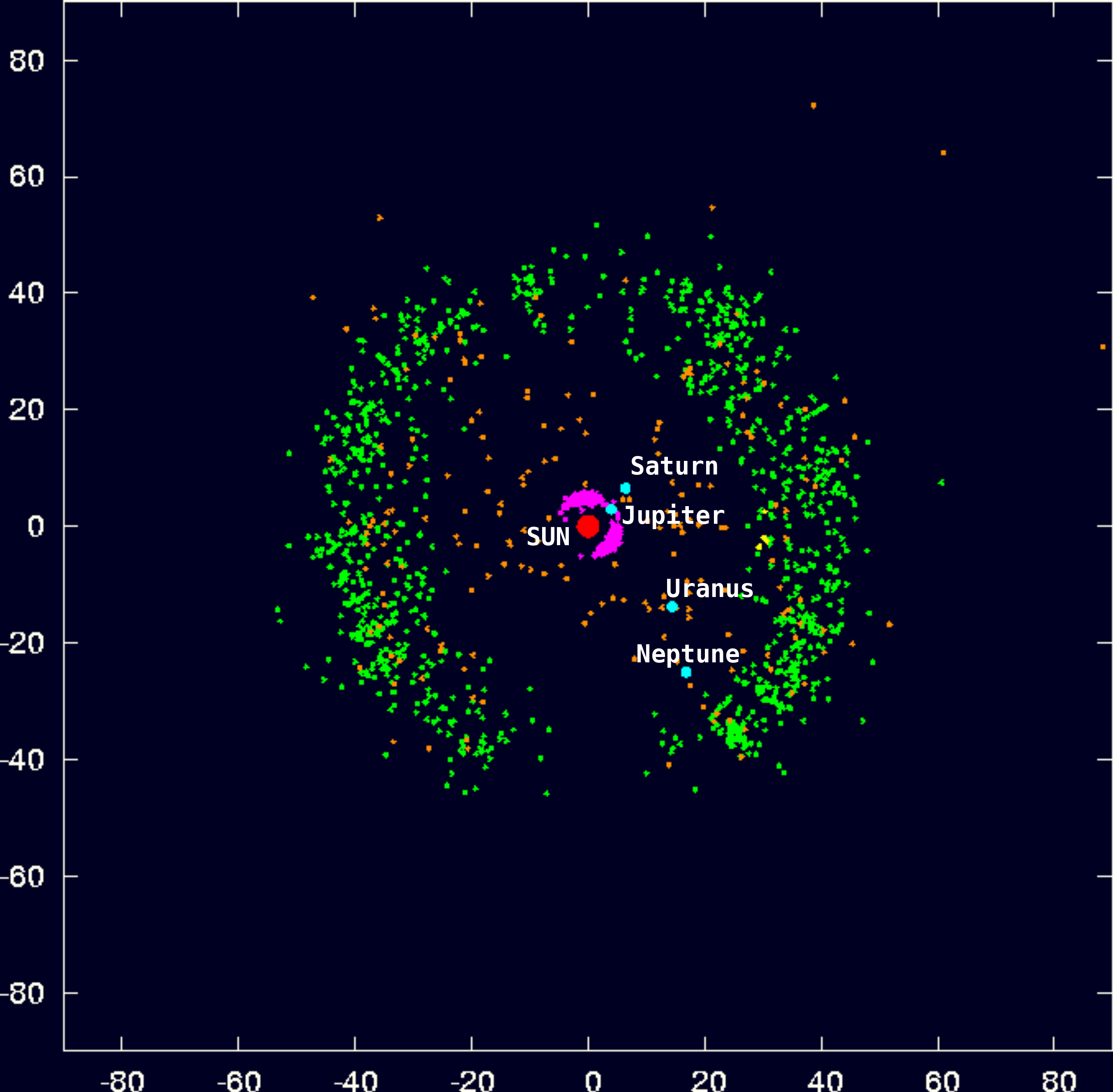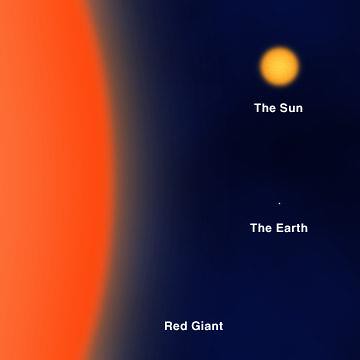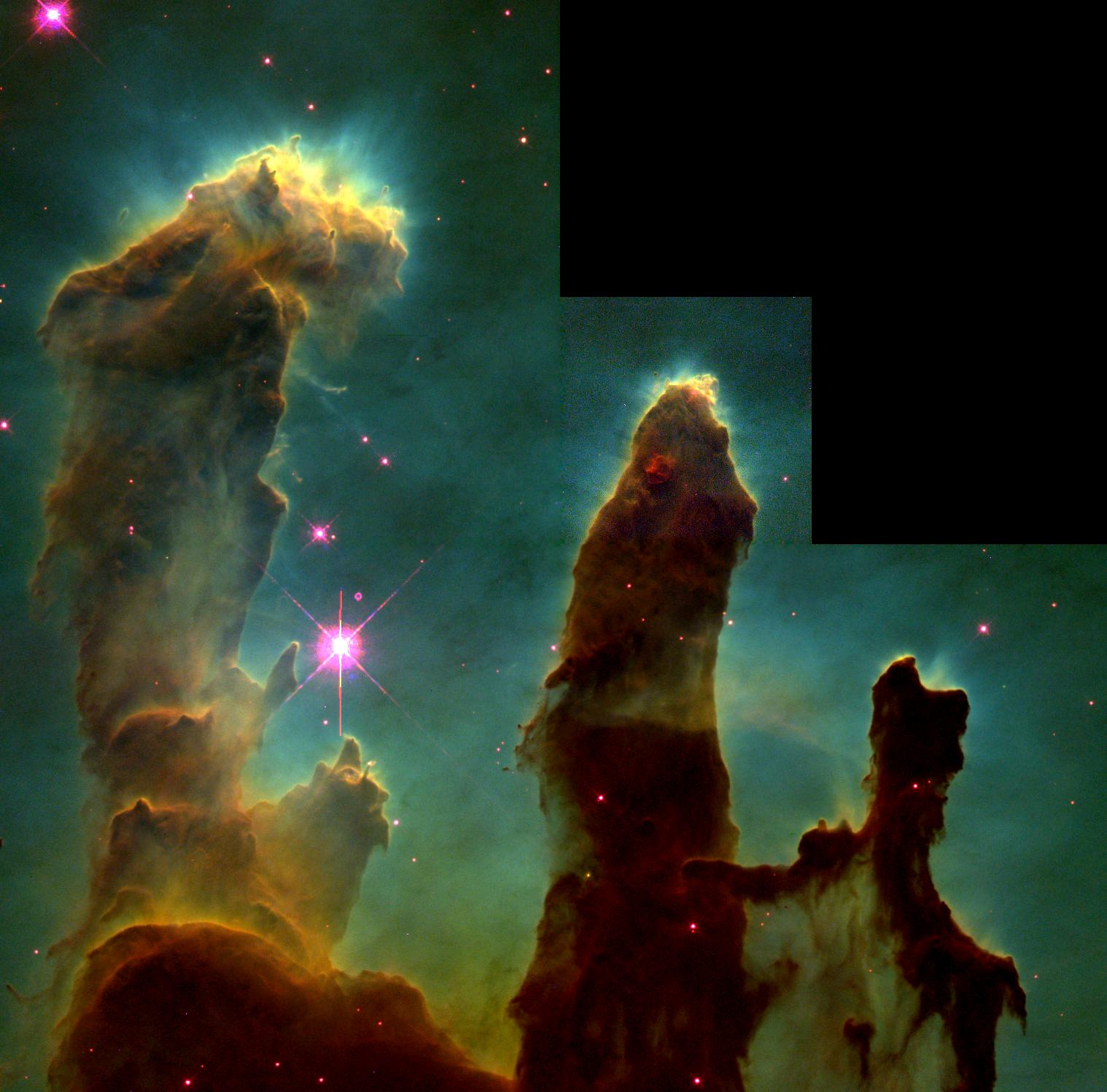What is a Meteor? A common misconception is that meteors are shooting stars. In reality, they are broken pieces of asteroids or comets. They are generally rather dull in appearance, basically looking like big chunks of rock. The reason they look so bright when they flash across the sky is because they are burning up as they enter earth's atmosphere. So in reality, when you watch a meteor shower, you are watching burning rocks... If a meteor is not completely burned up and manages to land on earth, it is then called a meteorite.
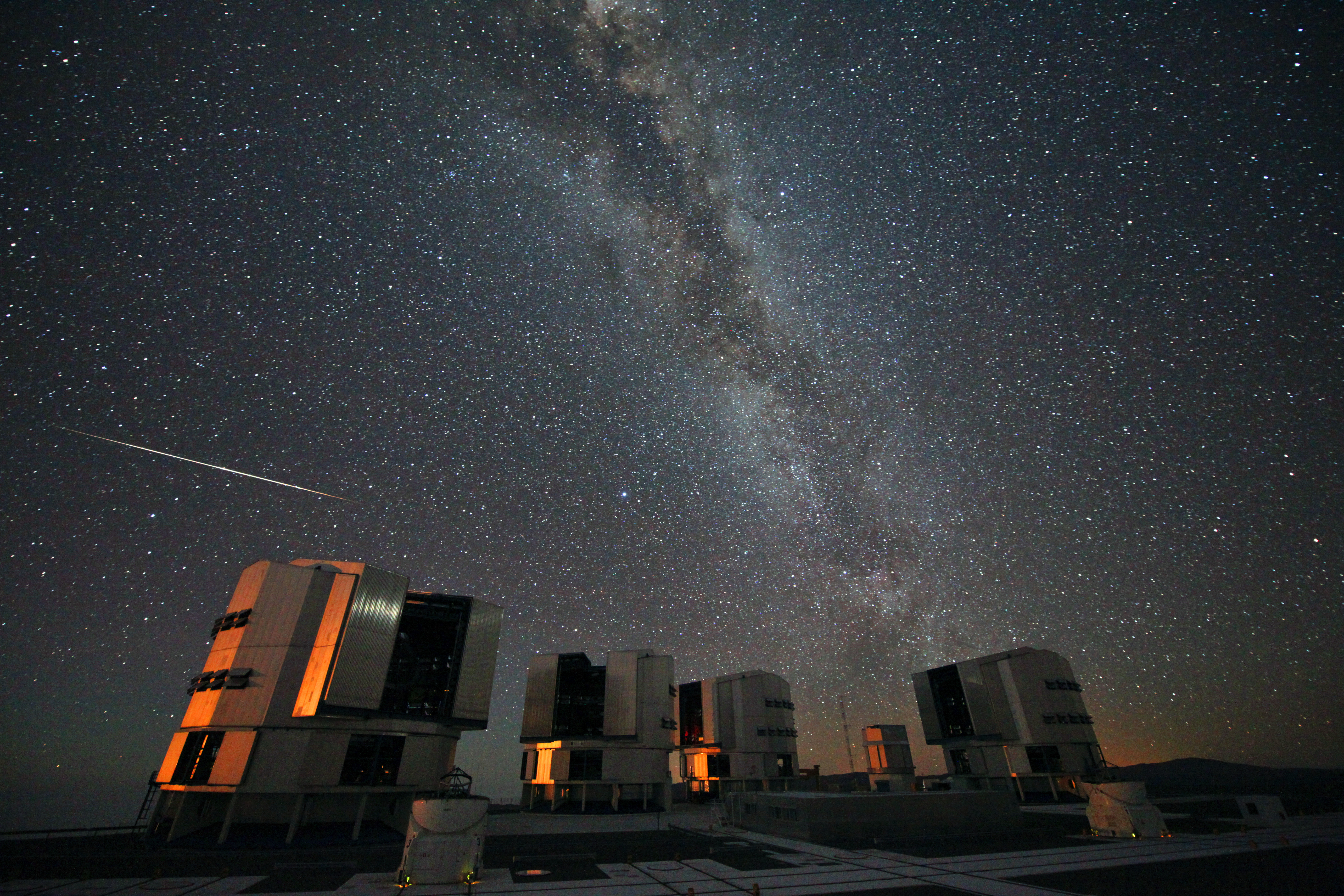 When can you watch a Meteor Shower: There are various meteors throughout the year. My personal favourite falls around the 12th-13th of August, the Perseids. This is one of the best showers of the year, sometimes producing up to 60 meteors an hour! The next upcoming meteor shower will be the evening of April 21st, and because of the lack of moonlight, it should be a good one! :)
When can you watch a Meteor Shower: There are various meteors throughout the year. My personal favourite falls around the 12th-13th of August, the Perseids. This is one of the best showers of the year, sometimes producing up to 60 meteors an hour! The next upcoming meteor shower will be the evening of April 21st, and because of the lack of moonlight, it should be a good one! :)Tips for Better Viewing: Leave town! If you go out somewhere in the countryside, the bright city lights and smog will not affect your view of the stars! Not to mention it will be quieter and overall, more enjoyable. If you can, shut off any lights nearby, and situate yourself in a spot without any tall objects that might obstruct your view. Wide open fields are ideal :)
